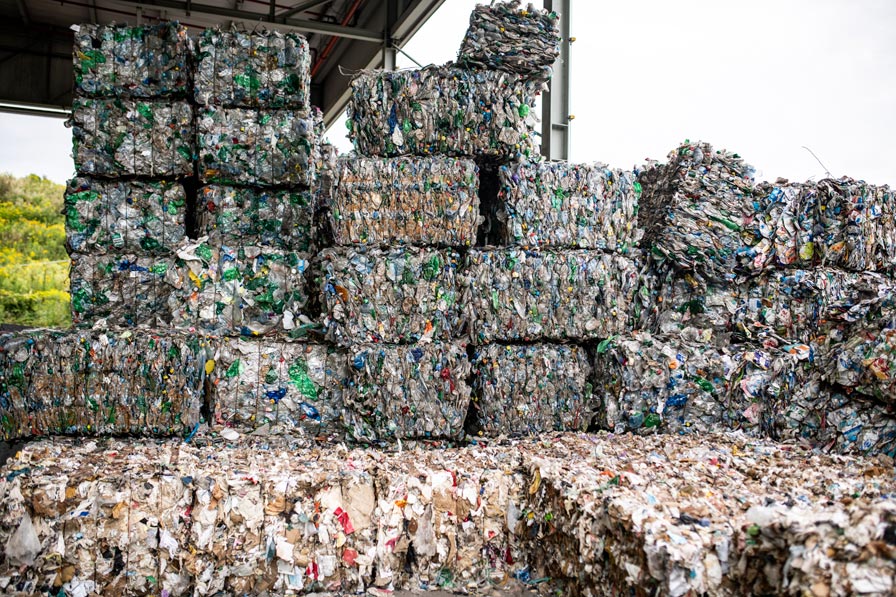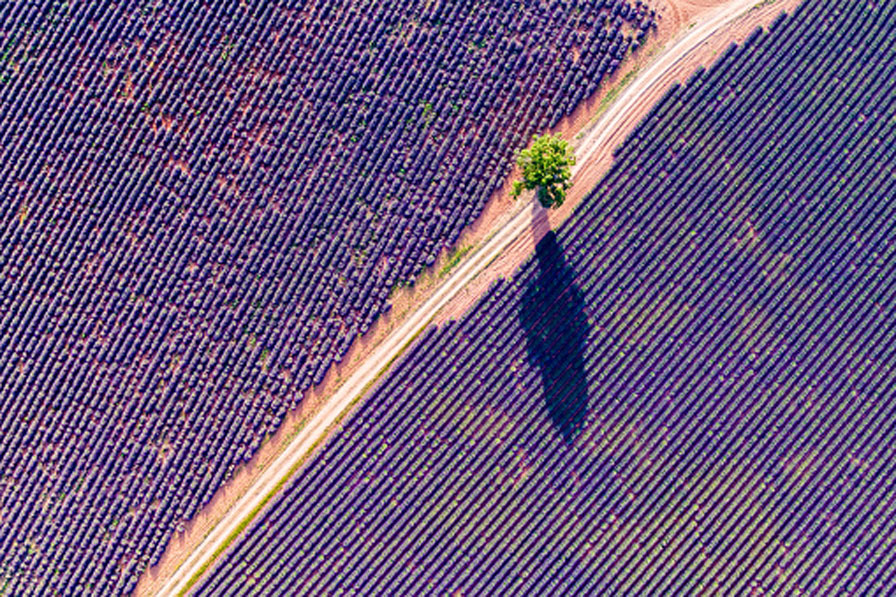We evolved from our production and our consumption

Renewable gases are a source of energy developed by and for people. Developed by people because they have come about as a result of our production and consumption habits. Developed for people because they add value to materials that previously had little or no value at all.
Every French person generates 573 kg of waste each year (47% of which is household waste)1. Over the past 40 years, the quantity of waste1 that we produce has doubled. Why? Firstly, the population is increasing. Therefore, there are more and more of us throwing away our rubbish. Also, our rate of consumption is accelerating. We are buying more and more different types of products, more frequently than ever before. Finally, more products have a short lifespan. Our bins are filling up with disposable, over-packaged products that only last a short time. Waste treatment is therefore becoming an increasingly important issue, particularly for local authorities.
A tangible solution to the challenges of transition and recycling
Renewable gases make it possible to change our perspectives and transform into energy the waste deposits that would have previously been sent to land-fill or incinerated. Technologies that support the circular economy, are currently being created, and are at different stages of development.
Among them, the process of anaerobic digestion is currently at the industrial deployment stage of development. This process makes it possible to convertorganic matter into biogas, especially household waste and waste from local authorities (green waste, food waste, sewage sludge, fermentable elements of household waste, etc.). After the purification process, this biogas is turned into biomethane. Once injected into the gas networks, it can be used for different purposes (heating, cooking, industrial processes, etc.). It is also an alternative fuel, bioNGV, which can reduce local pollution. The organic matter put into the methaniser is also turned into digestate, a fertiliser that can be spread on agricultural crops.
Pyrogasification is another promising process as it broadens the types of waste that can be used to produce energy. Using this technology, gas is produced from dry biomass residue or other non-renewable dry elements (tyres, plastics, waste wood, etc.) that are not effectively treated by other sectors (landfill, incineration). The energy generated can be injected directly into the existing networks, stored, and it is suitable for large-scale use (industry, mobility). This technology of the future is likely to be used in pilot and model projects by 2023-2025.
Within the same time frame, hydrothermal gasification is also showing significant potential. This technology is based on converting liquid biomass. The materials suitable for this process are sludge from waste water treatment plants, anaerobic digestion digestates, livestock effluent and other residues from agricultural activity, residues from the agri-food industries and industrial organic effluents. In addition to the gas produced, which is injected and stored in the gas network, this process makes it possible to recover substances (mineral salts, ammonium) that are turned into fertilisers.
Transforming something useless into something useful
With renewable gases, we are moving beyond the issue of eliminating waste towards the idea of reusing it. Renewable gases provide real added value to these materials that have long been considered useless. The range of these materials is constantly expanding thanks to the new processes mentioned.
For local authorities, giving waste added value goes beyond the scope of energy production. Renewable gases provide a solution to significant regional issues such as reducing the environmental and health impact associated with waste treatment, rolling out a local circular economy, creating non-relocatable jobs or developing synergies with facilities that add value other types of waste.
Today, addressing the energy transition by focusing exclusively on energy production is no longer enough. To effectively work to protect our planet and our quality of life, the measures employed must be especially virtuous, in order to produce renewable energy from our waste based on the principle of a circular economy.
1ADEME, Collection survey October 2017

